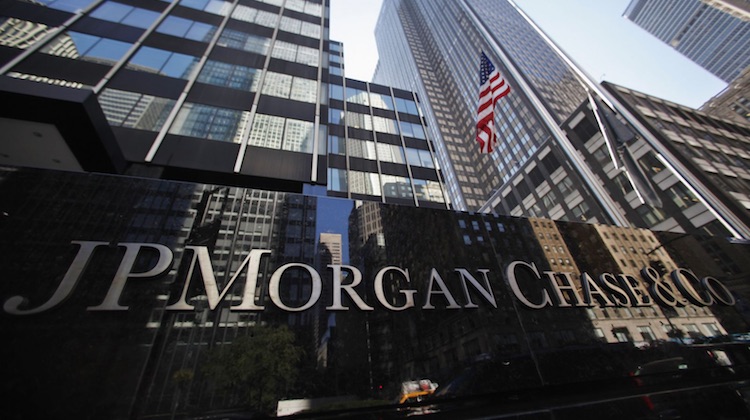The Customer Effect
‘It’s not old news’: Chase prioritizes better, fewer physical branches
- JPMorgan spent $1.9 billion on technology, communications and equipment expenses in the third quarter, a 13 percent increase from the year before.
- JPMorgan reported a six percent increase in digital users to 46.3 million and a 12 percent increase in mobile users to 29.2 million










